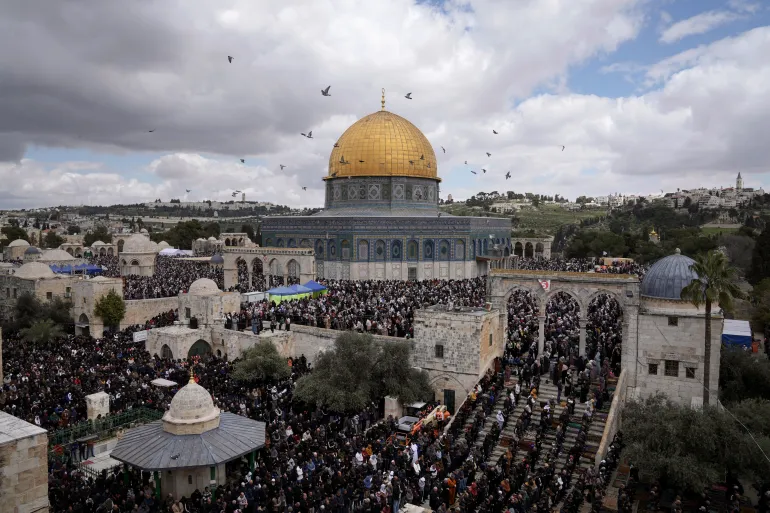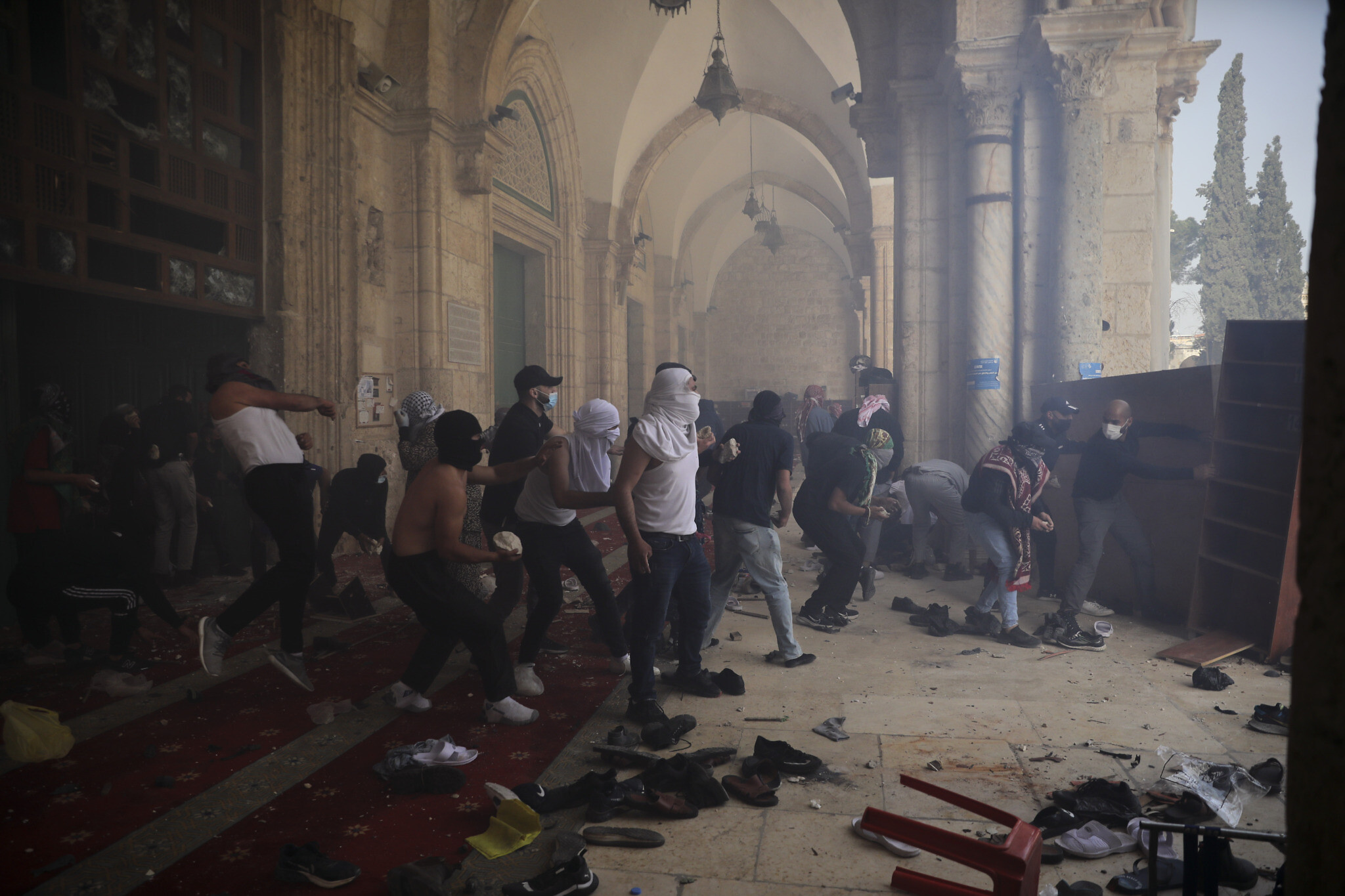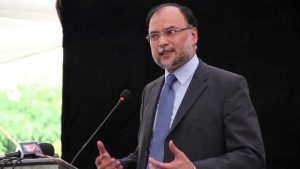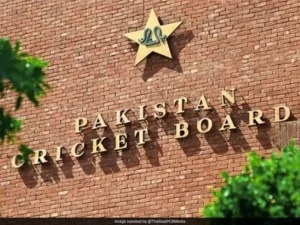Last week, Israeli forces assaulted Palestinian Muslims at the Al-Aqsa Mosque compound in an effort to make way for groups of ultranationalist Jews entering the site under police protection.
The Al-Aqsa Mosque compound, which includes the Al-Aqsa Mosque (al-Qibli Mosque) and the Dome of the Rock, is in Jerusalem’s Old City, which sits on the eastern, Palestinian, side of Jerusalem.
Jews refer to the Al-Aqsa Mosque compound as the “Temple Mount” and some believe that it is where the first and second ancient Jewish temples once stood.
Despite international law prohibiting the annexation and continued Israeli occupation of East Jerusalem, Israel has claimed sovereignty over the entirety of Jerusalem, including the Old City and the Al-Aqsa Mosque compound, but the claims are considered unlawful and have not been recognised by the majority of the world’s countries.
Under agreements with Jordan, security and administration inside the compound were managed by the Jordanian Waqf (Islamic endowments authority). Meanwhile, Israel was responsible for security around the compound, facilitating the entry of non-Muslim visitors in coordination with the Waqf, and abiding by Jordan’s rules to ban Jewish hardline groups it considered provocative.

Non-Muslim prayer at the mosque is banned, as it has been for centuries.
This status quo largely persisted until the 1990s. Over the past three decades, Israel has enforced greater control over the site, including by controlling who enters and exits, restricting Palestinian access, conducting violent raids inside, and increasingly facilitating the entry of Jewish hardline groups who, since 1967, have publicly stated their aim to take over the compound, destroy the Dome of the Rock, and build a third temple there.
In the 1980s, the far-right “Jewish Underground” group plotted to blow up the Dome of the Rock, while in 1990, Israeli forces shot dead 17 Palestinians and injured 150 others at the site during protests against an attempt by the “Temple Mount Faithful” Jewish hardline group to lay the cornerstone for a temple there.
Among other developments, including Israeli government excavations under the compound aiming at finding remains of the second temple – which have affected the foundations of the Islamic buildings on the site – Palestinians have long feared the destruction of the Al-Aqsa Mosque compound, and the spatial and temporal division of the site, similar to Israel’s conversion of half of the Ibrahimi Mosque into a synagogue in the Palestinian city of Hebron in the occupied West Bank.
Tensions eventually came to a head in 2000, when then-opposition leader Ariel Sharon entered the compound, flanked by 1,000 officers, in a parade of power, unleashing the second Intifada (uprising), also known as the Al-Aqsa Intifada.
Israel’s far-right government, which came into power in December 2022, includes top officials such as Itamar Ben-Gvir, a former follower of Meir Kahane, the founder of a group which has been proscribed as a “terrorist” organisation in Israel and the United States.
Ben-Gvir has said that the Al-Aqsa Mosque is there “temporarily” and that the “temple is still being quickly built in our days”.
During his first week in office, Ben-Gvir entered the site surrounded by Israeli forces in a highly criticised move that raised tensions and the prospect of another Palestinian uprising.
This year, for the second year in a row, the Muslim holy month of Ramadan and the Jewish festival of Passover converged.
On Monday and Tuesday morning, more than 2,000 Jews in 40 different groups entered the Al-Aqsa Mosque compound under the protection of Israeli forces.
Israeli Prime Minister Benjamin Netanyahu announced on Wednesday that Jews would not be allowed to enter the compound for the last 10 nights of Ramadan, a policy that has been followed in recent years to avoid confrontations.



